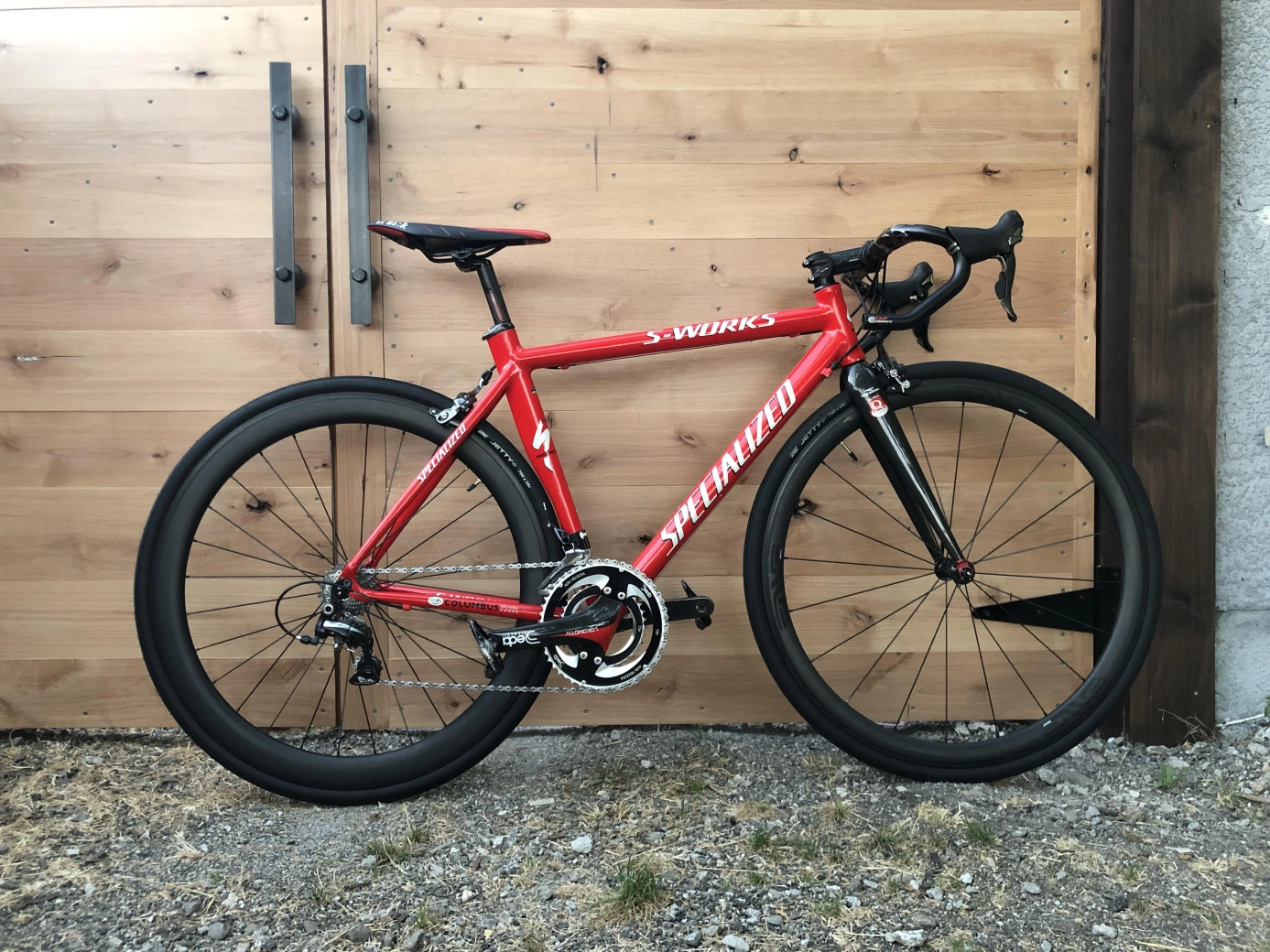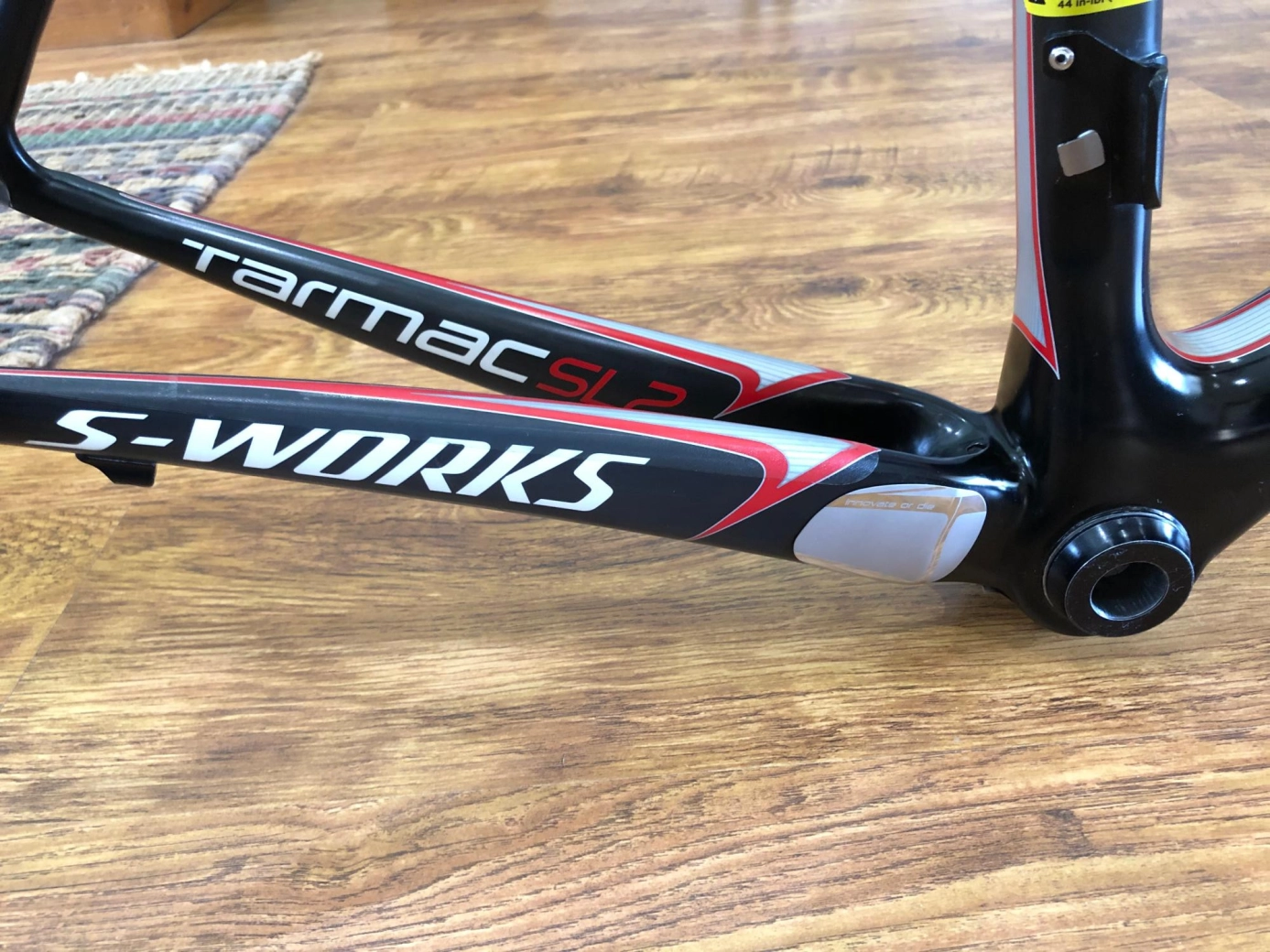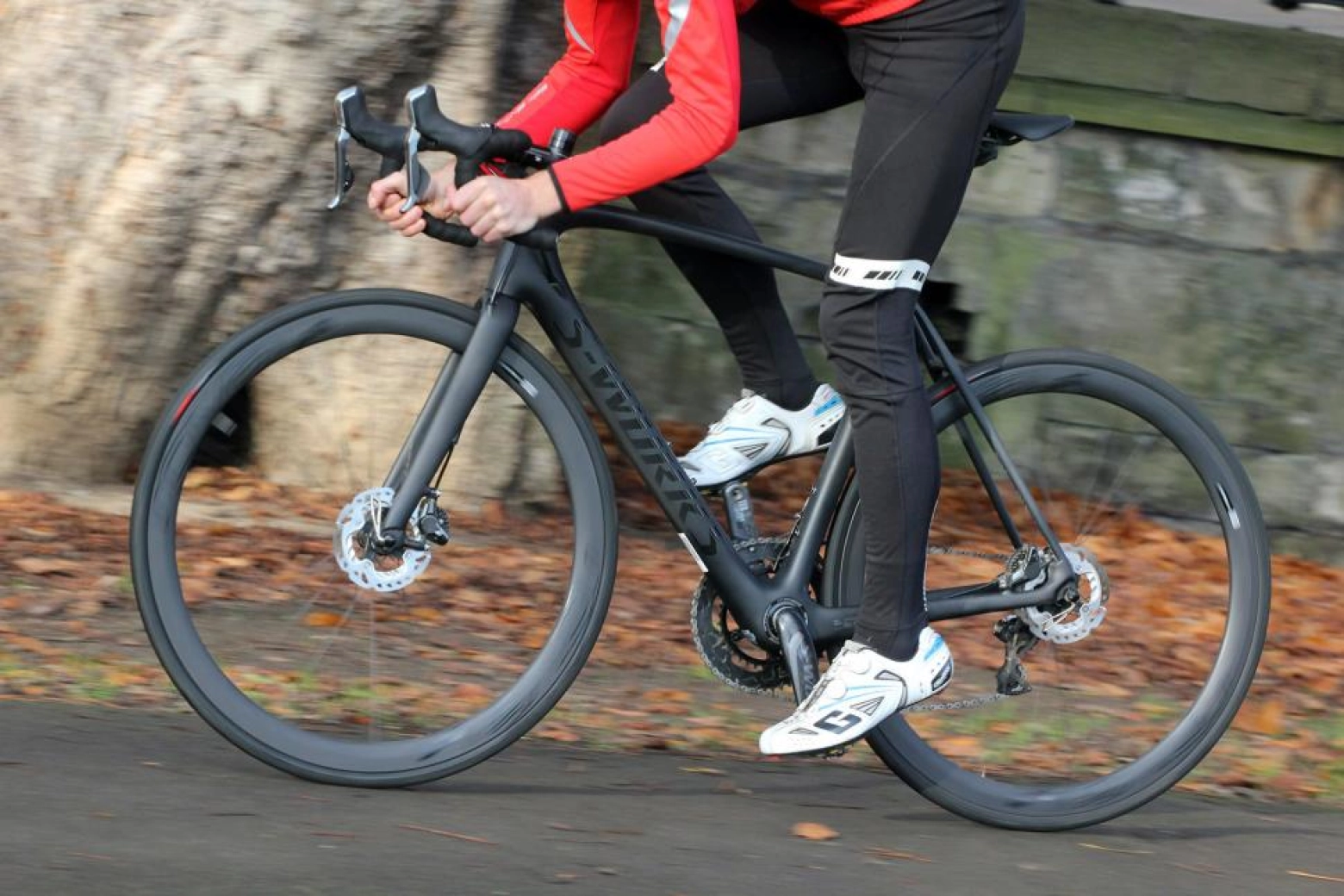History of the Specialized Tarmac: eight generations of records, evolution, and an unbeatable legacy
A few days ago, we talked about an iconic model like the Pinarello Dogma; today we will discuss one of the most sought-after bikes on the market, the Specialized Tarmac, the flagship of the Californian brand with an evolution spanning more than 20 years.

Specialized Tarmac, pure performance from the aluminum era to the aerodynamic age
While we await the arrival of the ninth generation of the Specialized Tarmac, which, according to rumors, could be just around the corner, it is a good time to review the trajectory of one of the most desired bikes for those seeking a top-level road bike, if only for the fact that it is the model used by some of the best cyclists in the world, such as Remco Evenepoel or Primoz Roglic.
A bike that was born in 2003 with a model, as could not be otherwise in those times, made of aluminum and featuring a striking profile of its seat tube as a nod to aerodynamics, which today is a hallmark of a brand that has made the motto "Aero is everything" its own.
RECOMENDADO

Benefits of training in the cold

The cyclist's patience: how long, gentle training sessions build your best season

Tips for cycling in the rain

25 cycling gifts ideas to get it right

What happens if you skip the diet during the holidays?

When do helmets have to be changed? Do they have an expiration date?

However, already in its second version, the Tarmac frame evolved towards the lines of a pure climbing bike with stylized tubes and a rather classic appearance, while the role of aerodynamic model was left to its sister, the Venge.
We would have to wait until 2006, with the SL1 model, to have the first carbon Tarmac. A bike that underwent few modifications, adding innovations such as the Rider First Engineering concept, which consists of a specific carbon layup for each size to achieve the same performance across all of them; or the increase in stiffness and reduction in weight to make it increasingly competitive.

Thus, we arrive at 2015, when the SL5 model came with the first major change by incorporating the then-nascent disc brakes. A bike with much more current frame lines, even today, where the integration of elements such as the seat post clamp began to set the trend for what is now common.
In 2019, with a new twist in design, Specialized began to bet on what is now known as aerolight bikes, abandoning the classic lines of the Tarmac frame to equip it with lower stays and tubes that gradually became more and more profiled. A commitment to aerodynamics that, with the arrival of the next version, the SL7, launched in 2021, would mark the end of the Venge by improving this new model's numbers in the wind tunnel compared to what had been the brand's aerodynamic model until that moment.

The version currently found in the Specialized catalog dates back to 2003. A bike in which the brand delved into aerodynamic improvement accompanied by a weight reduction. To achieve this, they focused on profiling the areas that first oppose the wind while working to lighten the rear part of the bike, which has less influence on aerodynamic resistance.

The current bike combines, like few others, tremendous torsional stiffness, an extremely lightweight design, at the UCI limit in its top-end versions, and a highly refined aerodynamics in the Specialized wind tunnel. Perhaps in recent times, the Tarmac has lost much of the essence of a purely climbing machine that made it one of the most desired bikes, but in return, it has become what may be the ultimate competition bike, uniting like no other the parameters that make a bike fast and help the cyclist pedal at the maximum possible speed in all circumstances.